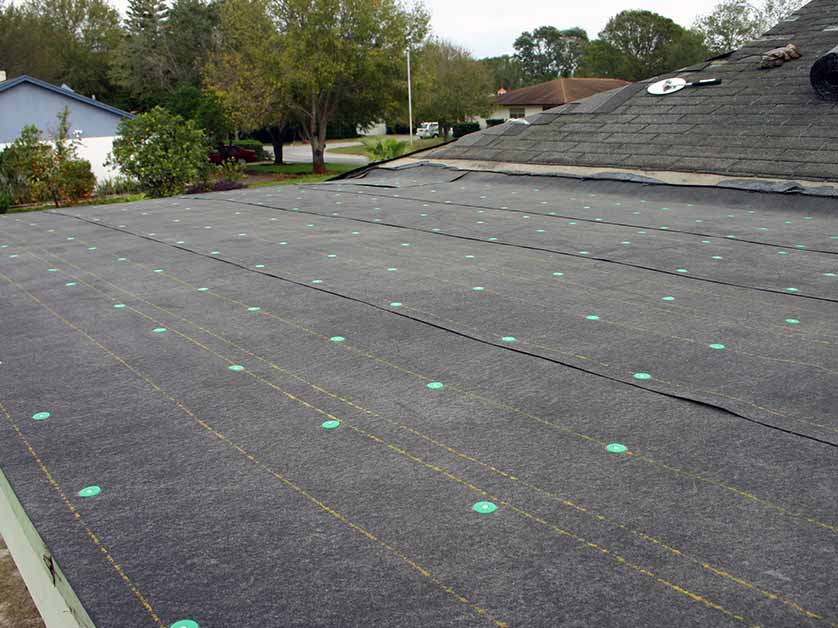The choice between synthetic and felt roofing underlayment materials is pivotal for the longevity and effectiveness of your roof. Each offers distinct advantages and considerations to weigh. Explore the factors that will guide you in selecting the best option for your roofing project.
Material Composition
Synthetic underlayment is typically crafted from polyethylene or polypropylene materials, known for their resilience against moisture and UV rays. On the other hand, felt underlayment, also called asphalt-saturated felt, consists of organic or fiberglass matting coated with asphalt. While both serve as protective barriers beneath roofing materials, they differ in composition and performance attributes.
Durability and Longevity
Synthetic underlayment stands out for its superior durability and longevity when compared to traditional felt underlayment. Its synthetic composition offers enhanced resistance to tearing, wrinkling, and degradation over time, ensuring prolonged protection against environmental stressors. Conversely, felt underlayment may degrade more quickly, especially in regions prone to extreme weather conditions.
Water Resistance and Breathability
Synthetic underlayment excels in water resistance, effectively repelling moisture and preventing leaks. Additionally, its breathable nature allows for moisture vapor to escape, reducing the risk of mold and mildew growth. Felt underlayment, while providing adequate water resistance, may be less breathable, potentially trapping moisture and compromising the roof’s integrity over time.
Installation and Cost Considerations
Synthetic underlayment is lightweight and easier to install, contributing to faster and more cost-effective roofing projects. Its wider rolls cover more area with fewer seams, reducing labor costs and installation time. However, felt underlayment may offer a more budget-friendly option upfront, making it appealing for certain projects with tight financial constraints.
Environmental Impact
Synthetic underlayment is often considered more environmentally friendly due to its recyclable materials and longer lifespan, resulting in reduced waste. Conversely, felt underlayment relies on asphalt, a petroleum-based product, which raises environmental concerns regarding extraction and disposal.
Are you in need of premier roofing services? Look no further than Jack The Roofer. Give us a call at (720) 722-2255 or fill out our contact form to request an estimate.

